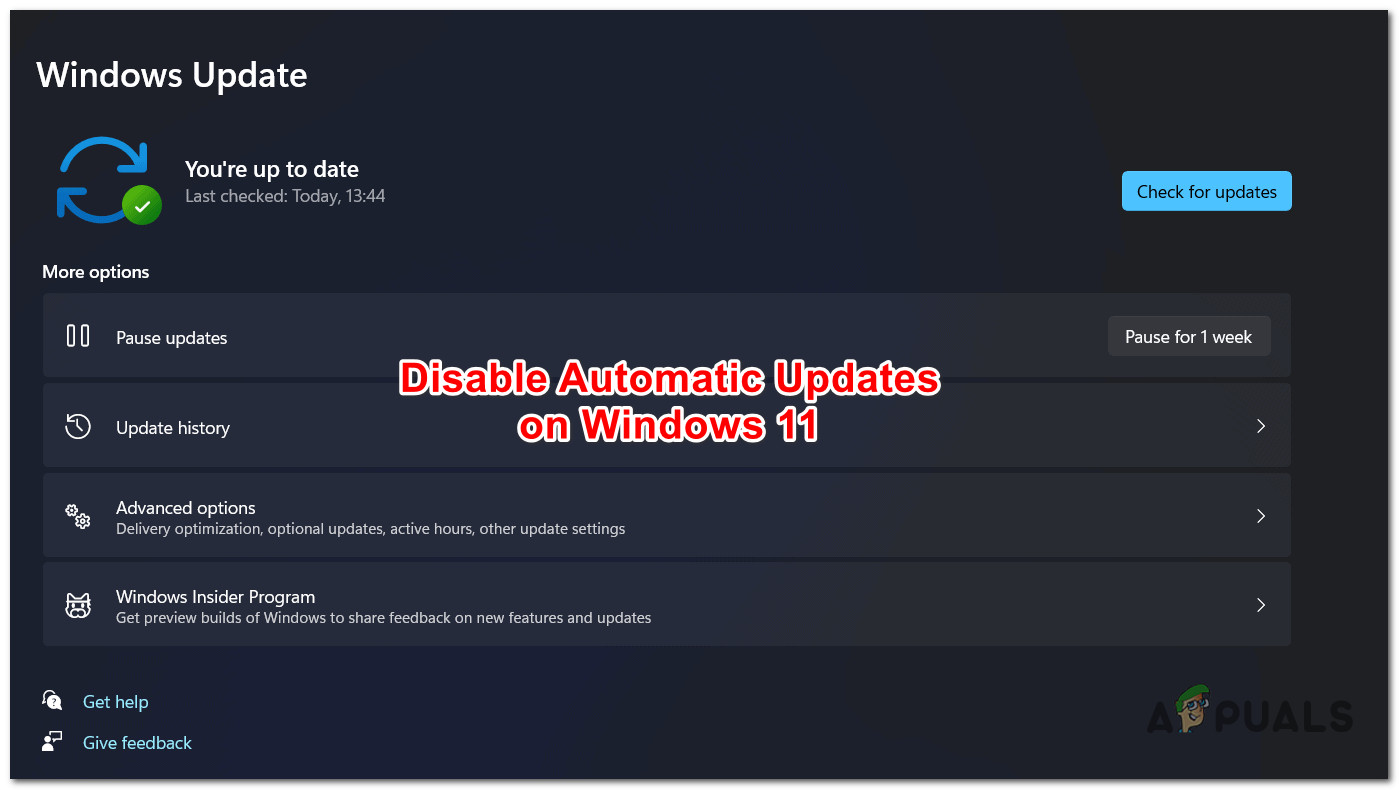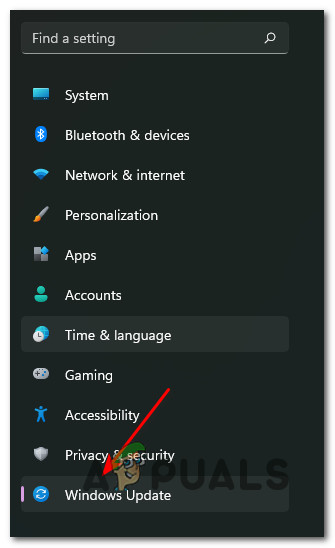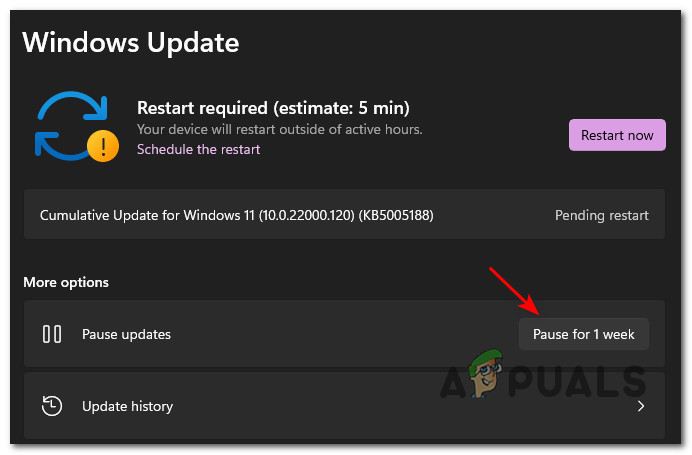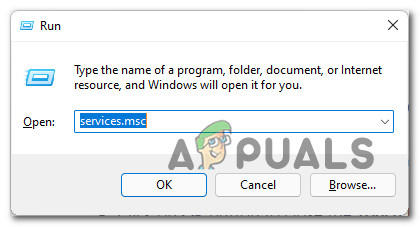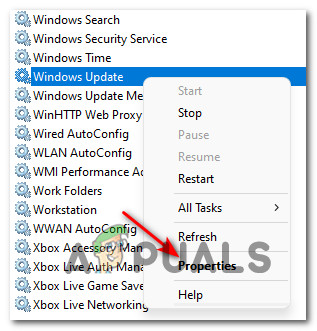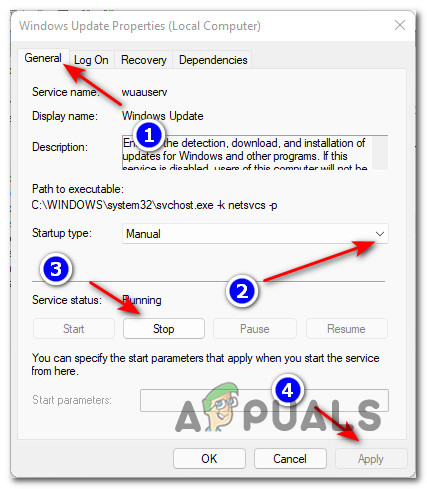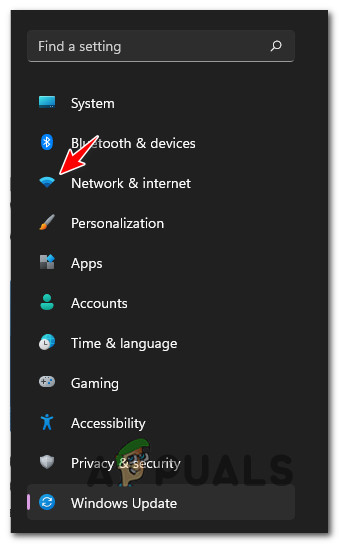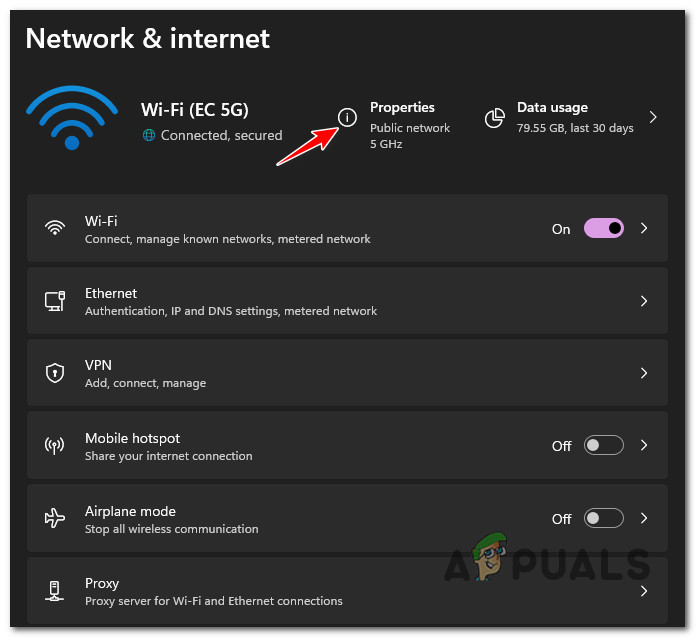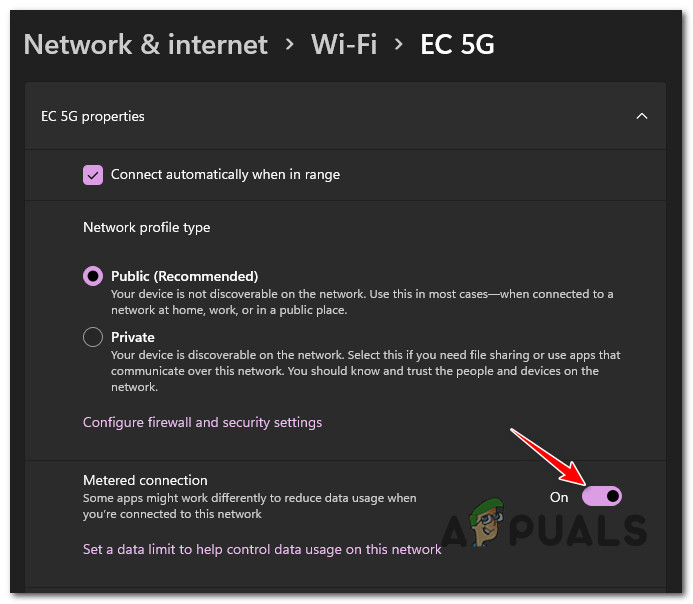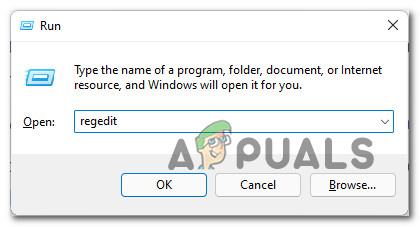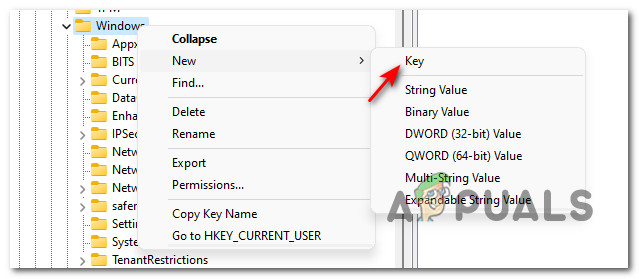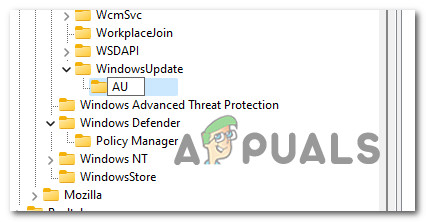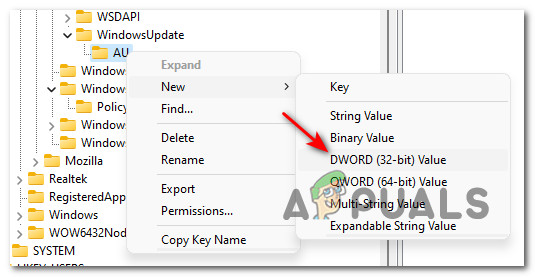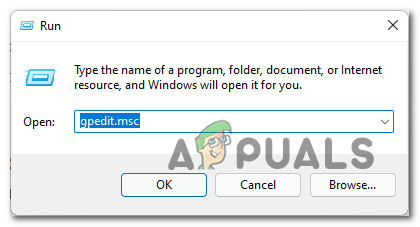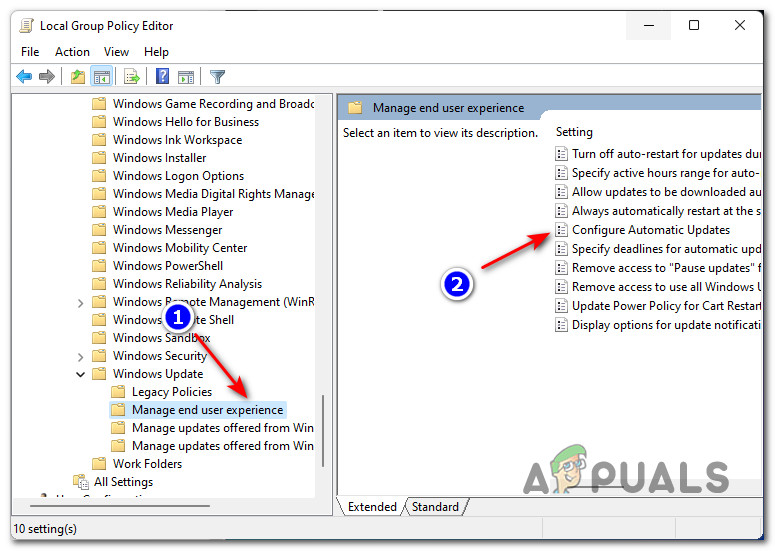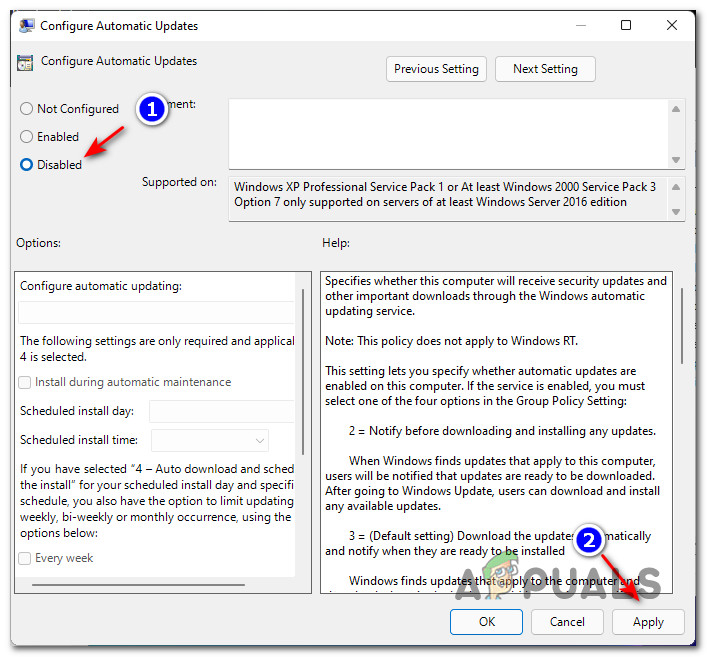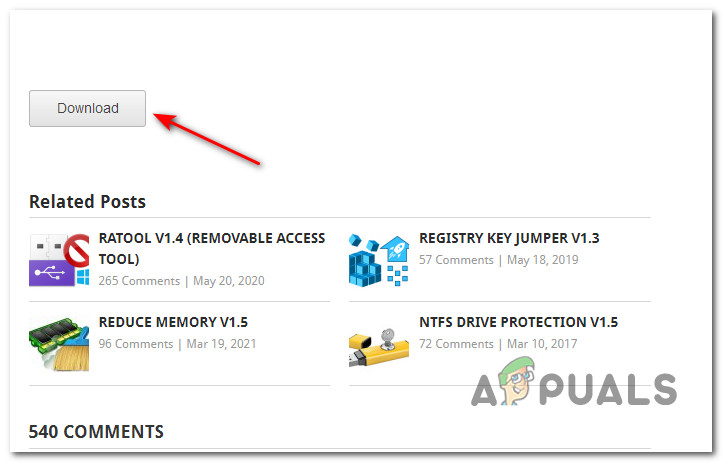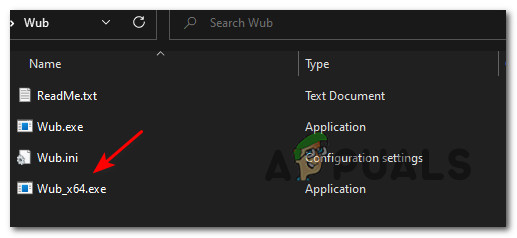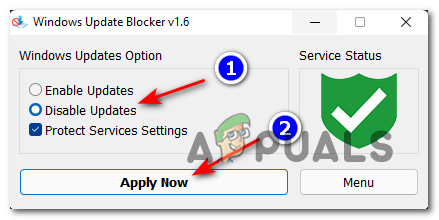It’s not uncommon for a new Windows update to create a new kind of issue that’s not present on older builds, so there’s an entire category of users that will find a good stable insider preview build and stick with it until a stable update is released. If you’re one of them, we’ll show you how to prevent automatic updates from installing on Windows 11 so you can keep your preferred Windows build indefinitely. As of now, we’ve discovered 5 different ways that will allow you to prevent new Windows 11 updates from installing:
How to Pause Windows 11 Update Temporarily
If you’re only looking for a temporary solution of preventing new Windows Updates from getting installed for Windows 11, the ideal way to do it is by pausing them from the Windows Update page. As of now, you can use the Windows Update page to pause the update for up to 7 days – But keep in mind that after this time period is over, Windows will automatically download and install all the pending updates. Again, this is not a permanent solution and should not be regarded as such, but it’s perfect for situations where you’re traveling or working on a restricted Internet connection and you can’t afford the extra bandwidth usage. Follow the instructions below to learn how to temporarily pause the updates on Windows 11: If you’re looking for a more permanent solution, move down to the next potential fix below.
How to Disable Windows 11 Updates by disabling the main WU service
If you’re looking for a permanent solution that will prevent your OS from installing pending updates on your PC indefinitely, one way to do it is to disable the main Windows Update service via the Services screen. This is an elegant solution since you can always go back and re-enable the WU service thus resuming the installation of pending updates. However, keep in mind that disabling this service will also affect other components that rely on it. For example, you can’t expect to perform a DISM scan successfully while the Windows Update service is disabled since your OS will have no way of downloading healthy system file equivalents to replace file corruption. If you plan on disabling the main Windows Update service and you understand the consequences, follow the instructions below:
Set up a Metered Connection in order to Stop Windows Updates
A metered connection is great for saving bandwidth, but it’s also great for limiting the download of new Windows Updates. If you enforce a restriction on the amount of data your OS is allowed to download using Wi-Fi, you will be effectively preventing your current Windows 11 build from getting updated. Note: A metered connection will restrict automatic updates on your system, but only if you are connected to the Internet via Wi-Fi. If you’re using Wi-Fi to connect to the internet and you want to disable Windows Updates, this is probably the most elegant solution out of the bunch since you won’t need to disable the main Windows Update service or impose other kinds of restrictions. In case this method serves your purpose, follow the steps below to set up a metered connection on Windows 11 that stops new WU updates from installing:
How to Disable Automatic Windows Update via Registry Editor
If you’re a technical kind of guy, you can also turn the automatic updates on Windows 11 by doing some registry tweaks via Registry Editor. This method involves creating a new registry key containing a NoAutoUpdate value that will effectively prevent the Windows Update component from installing any new pending updates. Important: However, before you get started with this method, understand that following the steps below incorrectly might break certain components of your Windows 11 installation. Our recommendation is to create a registry backup before following the instructions below. This way, in case anything goes wrong, you can easily restore it. If you’re ready to enforce this registry tweak and you understand the consequences, follow the instructions below: If you’re looking for a different way of stopping pending Windows 11 updates from installing, move down to the next method below.
How to Disable Windows 11 Updates via the Local Group Policy Editor
If the Local Group Policy Editor is available on your Windows 11 version, you can also use a Group Policy to explicitly prevent new Windows updates from getting installed on your PC. Important: Windows 11 Home won’t have the Local Group Policy Editor installed by default. In this case, you can install the Gpedit.msc utility manually on Windows 11 Home or you can upgrade to Windows 11 PRO, Windows 11 Enterprise, or Windows 11 Education. If you meet the requirements to run this utility and you have no issues with enforcing a local policy to prevent new Windows updates from installing, follow the instructions below to access and use the Local Group Policy editor to disable Automatic Windows Updates on Windows 11:
How to Use a 3rd party utility to block Windows 11 Updates
If you don’t mind allowing a 3rd party tools to stop the installation of pending Windows 11 updates for you, there’s also a myriad of free options that you can use to stop automatic system updates. A simple google search will provide you with plenty of options, but if you want an option that we tested ourselves, we recommend using the Windows Update & Defender Blocker tool – This freeware will allow you to block all the Automatic Windows Update services with a single click on Windows 11. Note: And if you ever want to revert back to standard update installation behavior, the reverting operation is just as easy. Follow the instructions below to use a 3rd party utility (Windows Update & Defender blocker) to block Windows 11 updates: Important: This tool was originally created for Windows 10, but works just as well for Windows 11.
How to Disable Automatic Windows Store Updates?How to Enable or Disable Automatic Updates for Windows Media Player?How to Disable Automatic Updates on a Windows ComputerHow to Disable Automatic Learning in Windows 10?
